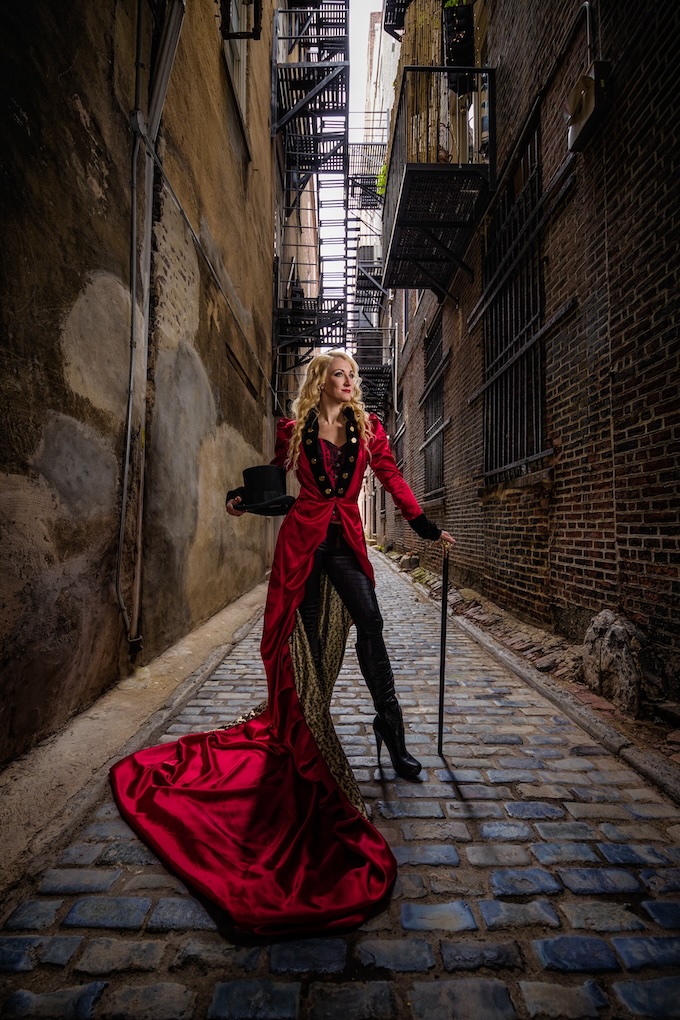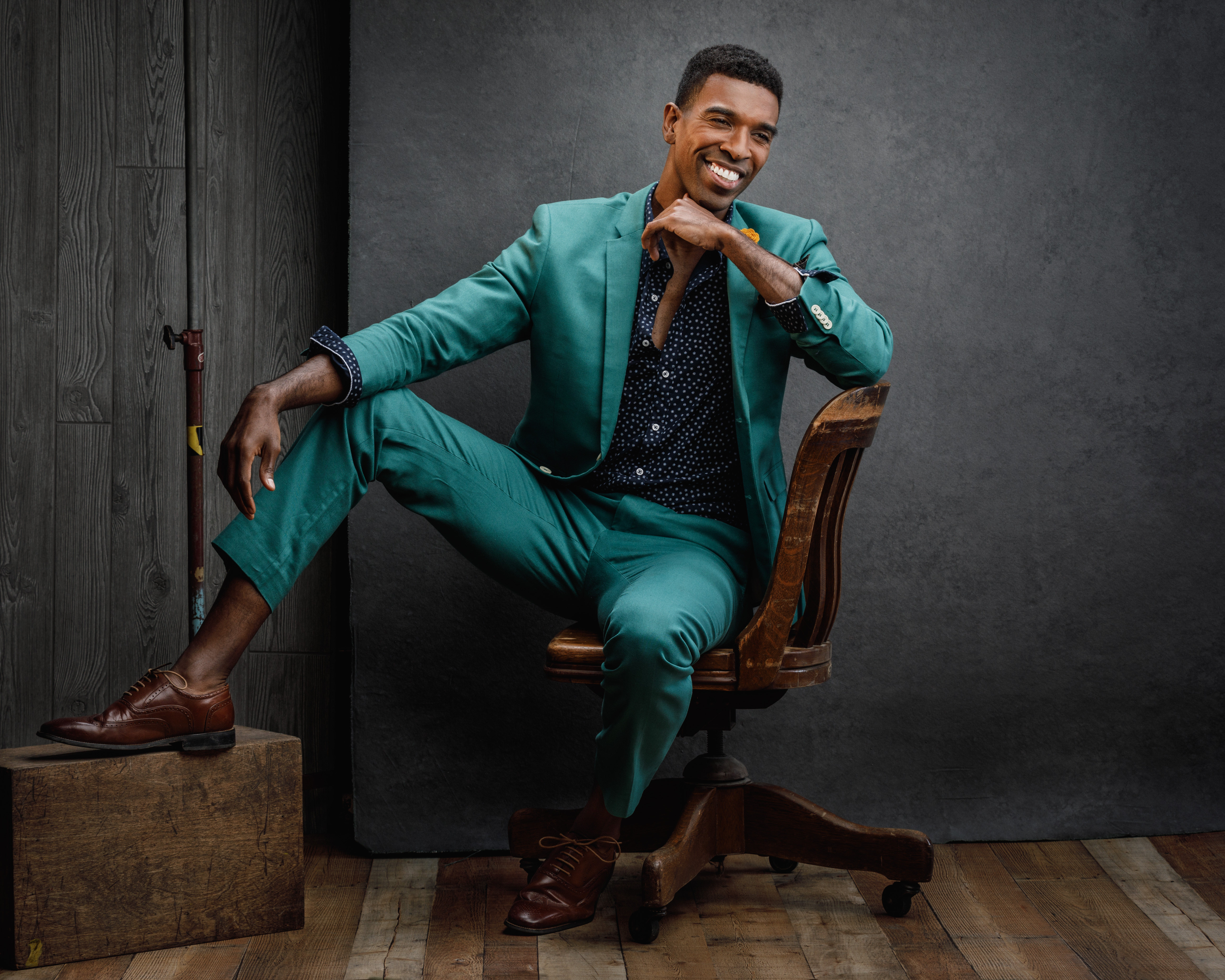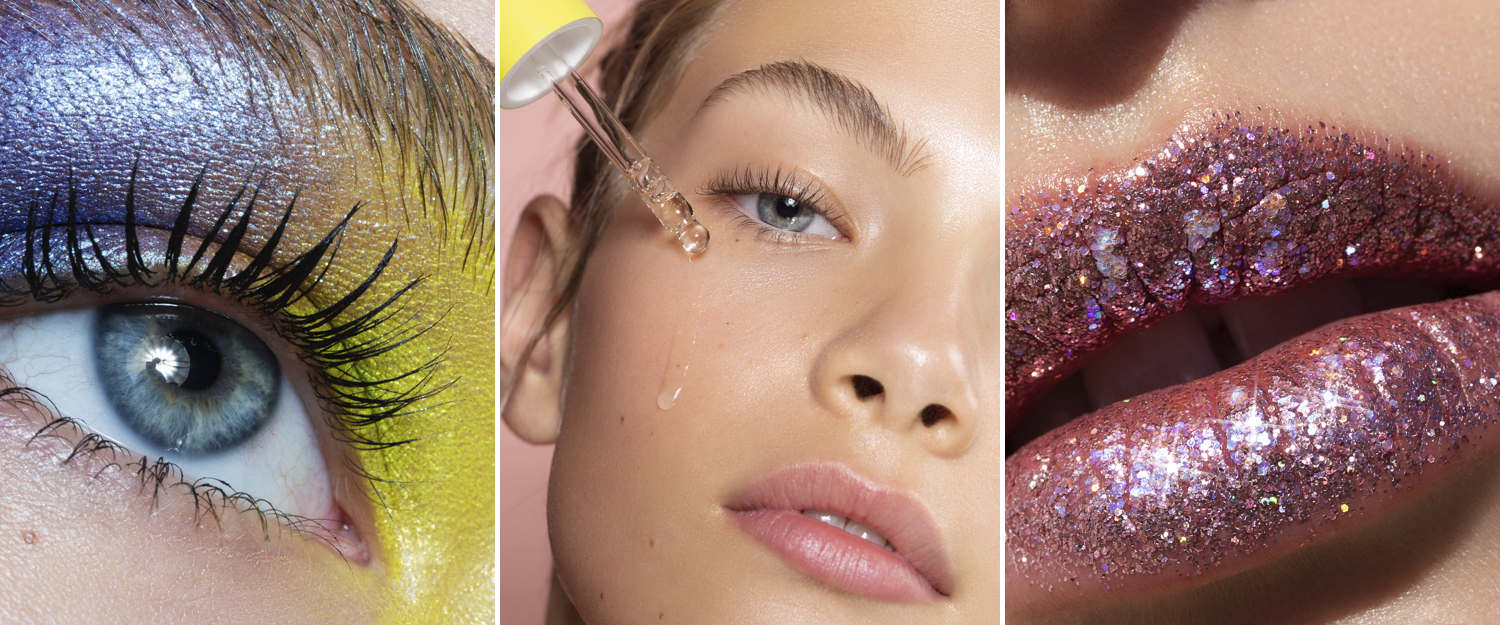Tips + Techniques
Updated as of 7/25/22.
Simply defined, a gel is a transparent colored material used to modify lights for photography and cinematography, placed over light sources to create colorful effects. The two basic types are color-correction gels and non-corrective, color-effect gels. For the purpose of this article, we will be honing in on the use of color-effect gels.
Color-correction gels are tinted in order to compensate for either daylight or tungsten sources. CTB (color temperature blue) converts tungsten light to daylight color, and conversely, CTO (color temperature orange) converts daylight-balanced sources to tungsten. These gels are generally used when shooting a scene with multiple light sources of varying color temperatures where you need to correct for the mixed lighting, with the ultimate goal being to create light that the camera will see as white.
Don’t Miss: Everything You Need to Know About Flash Gels
Color-effect gels are used to color the light intentionally to create a certain mood, atmosphere or dramatic condition in a photo. In this case, combinations of various colors are used subtly or dramatically to create customized light conditions. Here, we’ve explained how to harmonize hues for creative portraits. This is a boon for portrait photographers who want to step up their creativity, especially in beauty where color can be a major focus of the shoot.
The Science Behind Color Gels
Before you start throwing gels on all of your lights and hoping for the best, it helps to have some basic knowledge of color theory.

The Color Wheel
In general, complementary colors (those that are opposite each other on the color wheel) will usually create the most visually pleasing combinations. However, I find that as long as there is some contrast between the colors, I can achieve aesthetically pleasing results. Colors next to each other on the wheel can start to bleed into one another.

Color Mixing
We’ve all experienced subtractive color mixing when we mix paints, so think of it as a physical mixing. Each color of paint is absorbing certain colors and reflecting others. Every time another color of paint is mixed in, there are more colors absorbed and less are reflected. What we are left with is the wavelengths that both paints reflect. It’s referred to as subtractive mixing because when the paints mix, wavelengths are removed from what we can see.
Additive color mixing (this is the type we as photographers care about) creates a new color by adding one set of wavelengths to another set of wavelengths. This is what happens when lights of different wavelengths are mixed. For example, when all of the different wavelengths of sunlight are added together, we see white light rather than many individual colors. It is called additive because all of the wavelengths still reach our eyes.

How Gels Work
We know that white light is actually made up of a full spectrum of colors, due to additive mixing. White light leaves the flash and travels into the gel—let’s say it’s a red gel, as in the example above. Since white light contains the complete spectrum of color, the red gel filters out all of the other colors (or wavelengths), allowing only red wavelengths to pass through.
Gel Photography Styles

Working with Color-Effect Gels: A Hint of Color
Mixing in gels with clean light is simple. You take a two- or three-light setup, keep your main light free of gels and gel the others. The gelled lights can act as rim lights, hair lights or side lights; the possibilities are numerous.

I find this works best using medium-toned gels and placing the gelled lights fairly close to your subject. You don’t want your main light to wash them out. In the example here, I used a magenta gel with a set of barn doors to the left of my model and a teal gel over a medium grid to the right. Both gelled lights were placed slightly higher and pointed down. They were also positioned slightly behind the model, as I wanted very minimal (if any) spill onto her face.
A Subtle Glow

I often like to add what I describe as a “warm glow” to beauty photos and portraits. I have two slightly different methods when using this gel technique.

The first is a two-light setup. My main light—positioned slightly above and to the right of camera—is a clean, white light. I then like to position a second light so it hits both the side of the model as well as the background. This light is a bare head—I use Dynalite 2040 heads for most of my work, which are designed with a built-in reflector—and I gel it with either my lightest pink (as shown here) or orange.

The second is a one-light setup and what I like to call “indoor sunlight.” When trying to recreate sunlight, I use a small source, placed high and pointing down at the subject. In this example, I used a snoot gelled with a light orange to mimic the warmth of mid-afternoon sunlight.

Fully Saturated

This is my favorite use of gels—it’s when I get to break out my most vibrant colors and really play. I typically have three lights set up around my subject: a main light, a side light, and then a third light that I can move around to act as a rim light. Each light is gelled with a different color, and I’ll then switch positions of the gels or lights until I get something that looks right. I’ll also bring out more modifiers (like snoots, barn doors, umbrellas and grids) so I can focus certain colors while letting others bleed onto the background.

Above is a simple two-light setup. Placed at camera left, there’s a medium pink gel on a light bounced into a parabolic silver umbrella and facing the model at a 45-degree angle. Directly on the other side of the model is a deep blue gel on a second light. I allowed both lights to bleed onto the white background.

In the image above, I used a three-light setup.

My main light was gelled with a medium pink and placed at camera right. I positioned an umbrella directly overhead, gelled orange to light the hair. The third light, gelled teal over a large grid and placed slightly behind the subject, acts as a side light and provides a contrasting color to the pink and orange.
Dimensional Background

I’m constantly looking for ways to make my seamless backdrops more interesting. Here, I wanted to add some color and design elements to the background while keeping the light on the model clean. I set up my main light as per usual (directly above the camera) to light the model, and then I set up a strobe with a snoot high and to camera left, pointed downward, and placed it between the model and the backdrop. I used a full-saturation red gel in order to keep the darker tones of the background. To create the hard line, I had my assistant hold a small black card close to the light until I found an angle I liked.

You can also use this technique to create multi-colored backdrops. Simply set up two, three or even four smaller light sources, all illuminating the background, and gel them different colors. To keep the background saturated, make sure you place your subject far enough away that the main light will have a negligible effect.
Although the theory behind gelling lights may seem intimidating at first, I promise that the practice is worth it. I encourage you to experiment and before long, you’ll be able to add these new techniques into your bag of lighting tricks.
Tips on Color-Effect Gel Behavior
- Placing your light sources closer to your subject will help give you more saturated colors.
- Darker colored gels, such as deep reds or blues, block a portion of the light that the flash gives off. When working with these colors, you may need to increase the amount of flash power or place your lights closer to your subject.
- If you don’t have a full set of colors, experiment with layering two colored gels on top of each other to create new colors—but remember that doubling up will block more light and may require additional flash power or a closer placement.
- Colored cellophane will melt if it is placed too close to the modeling lamp, which can in turn cause major damage to the lamp itself. To avoid this, turn off all modeling lamps after the power and positions are adjusted for the shoot or bow your gel around the front of the light when affixing it.
- To make your colored seamless appear more saturated than it is, gel your background lights with the same color as the seamless.
- Different skin tones will give you varying results with your color combinations, so know going into your shoots that you’ll need to adjust your lights accordingly.
Angela Marklew is a beauty, fashion and portrait photographer based in Venice, California. Before she was a photographer, she worked as a chemist testing explosives for the Canadian government.
RELATED:
What’s in a Beauty Photographer’s Gear Bag?
How to Create Luxury Beauty Photos Anywhere (and on a Budget)
4 Tips to Building Solid Relationships with Beauty Teams





